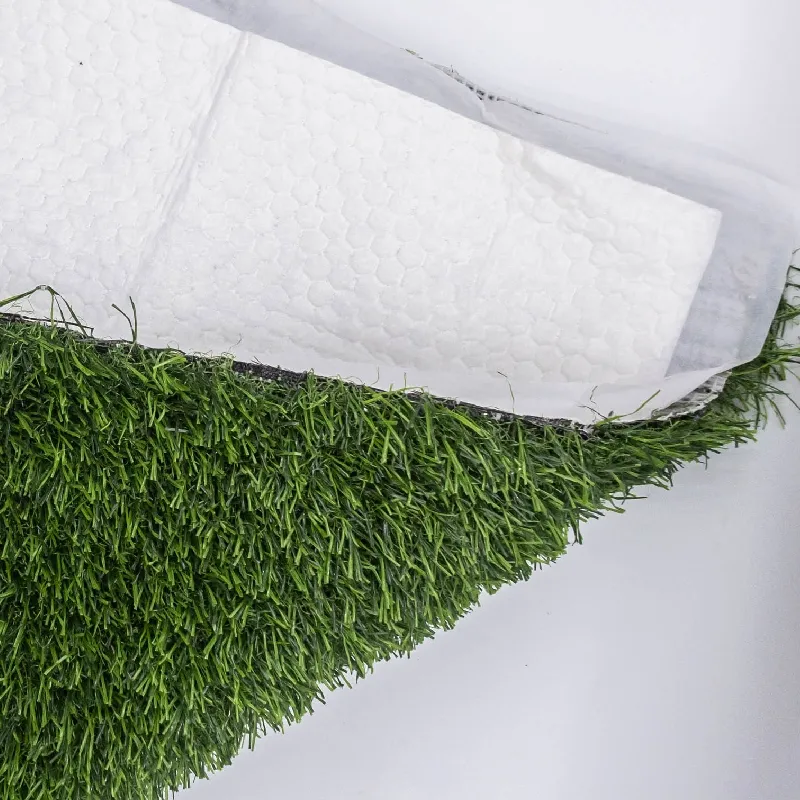
- Afrikaans
- Arabic
- Belarusian
- Bengali
- Czech
- Danish
- Dutch
- English
- Esperanto
- Estonian
- Finnish
- French
- German
- Greek
- Hindi
- Hungarian
- Icelandic
- Indonesian
- irish
- Italian
- Japanese
- kazakh
- Rwandese
- Korean
- Kyrgyz
- Lao
- Latin
- Latvian
- Malay
- Mongolian
- Myanmar
- Norwegian
- Persian
- Polish
- Portuguese
- Romanian
- Russian
- Serbian
- Spanish
- Swedish
- Tagalog
- Tajik
- Thai
- Turkish
- Turkmen
- Ukrainian
- Urdu
- Uighur
- Uzbek
- Vietnamese
Understanding the Effects of Artificial Grass on Dogs in Hot Weather Conditions
Dec . 31, 2024 05:21 Back to list
Artificial Grass and Dogs Navigating Heat Concerns
As the popularity of artificial grass continues to rise, pet owners—particularly dog lovers—are increasingly considering its practical benefits for their furry friends. However, a common concern that arises is how this synthetic surface holds up in warmth and heat, especially during the sweltering summer months. The question that looms large is does artificial grass get too hot for dogs, and if so, what can be done about it?
First, it’s important to understand the properties of artificial grass. Unlike natural grass, which breathes and maintains a cooler temperature through the natural process of evaporation and photosynthesis, artificial turf is made from materials like polyethylene, polypropylene, or nylon. In direct sunlight, these materials can absorb and retain heat, sometimes leading to noticeably higher surface temperatures compared to the surrounding environment.
Studies indicate that on hot summer days, artificial grass can indeed reach temperatures significantly above that of natural grass. While this can pose a risk of overheating for dogs, particularly breeds sensitive to heat, the situation isn’t entirely dire. Understanding how to mitigate these heat concerns can help pet owners create a safe, enjoyable outdoor space for their pets.
The Heat Factor
In peak summer temperatures, artificial turf can reach upwards of 160°F (71°C) under direct sunlight—much hotter than most dogs' paw pads can handle. This can lead to discomfort, burns, or even more severe heat-related health issues. Breeds with shorter snouts, such as Bulldogs or Pugs, are especially at risk as they already have a more challenging time cooling down.
One way to monitor the welfare of your pet is by regularly checking the surface temperature of the artificial grass before allowing your dog to play on it. You can do this using a simple temperature gun, and if the readings exceed 130°F (54°C), it might be best to keep them indoors or provide shaded areas with cooling mats to play on.
Mitigating the Heat
artificial grass and dogs heat

There are several effective strategies for keeping artificial grass cooler during the warmer months. One useful method is to periodically spray the turf with water. Much like natural grass, artificial grass will cool down upon receiving moisture—it’s just a bit more work to keep that surface temperature in check.
Shading is another excellent option. By strategically placing shade structures, trees, or awnings, you can reduce direct sunlight on the artificial grass. Additionally, having a dog house or shaded patio area gives your pet a cool retreat whenever they need it.
Consider investing in infill materials designed for artificial grass that can help with heat management. Some products are specifically formulated to reflect sunlight and dissipate heat more effectively than standard infill. This could be a worthwhile investment for pet owners seeking to minimize heat buildup on their artificial grass.
Proper Hydration and Awareness
During hot weather, hydration is crucial. Make sure your dog always has access to fresh water and monitor their behavior for signs of overheating, such as excessive panting, drooling, or lethargy. Maintaining a schedule for outdoor activities during cooler parts of the day—such as early mornings or late evenings—can reduce the risk of heat stress.
Conclusion
In conclusion, while artificial grass does have the potential to become hot in the summer sun, awareness and proactive measures can significantly mitigate the risks for dogs. By combining regular temperature checks, hydration, shaded areas for retreat, and perhaps some innovative cooling technologies, pet owners can ensure their furry friends can safely enjoy their artificial grass surroundings without the worry of excessive heat. Ultimately, with a little planning and care, artificial grass can still be a safe, practical, and enjoyable choice for dogs and their owners alike.
-
The Benefits of Artificial Turf for Indoors
NewsJul.15,2025
-
How Artificial Grass Suppliers Ensure Quality Products
NewsJul.15,2025
-
Artificial Grass and Pets: A Space for Relaxation
NewsJul.08,2025
-
Balcony & Outdoor Decoration with Artificial Grass
NewsJul.08,2025
-
Best Indoor Artificial Grass for Home
NewsJul.07,2025
-
Best Pet Turf for Dogs: Safe & Durable Artificial Grass Options
NewsJul.07,2025
Products categories









